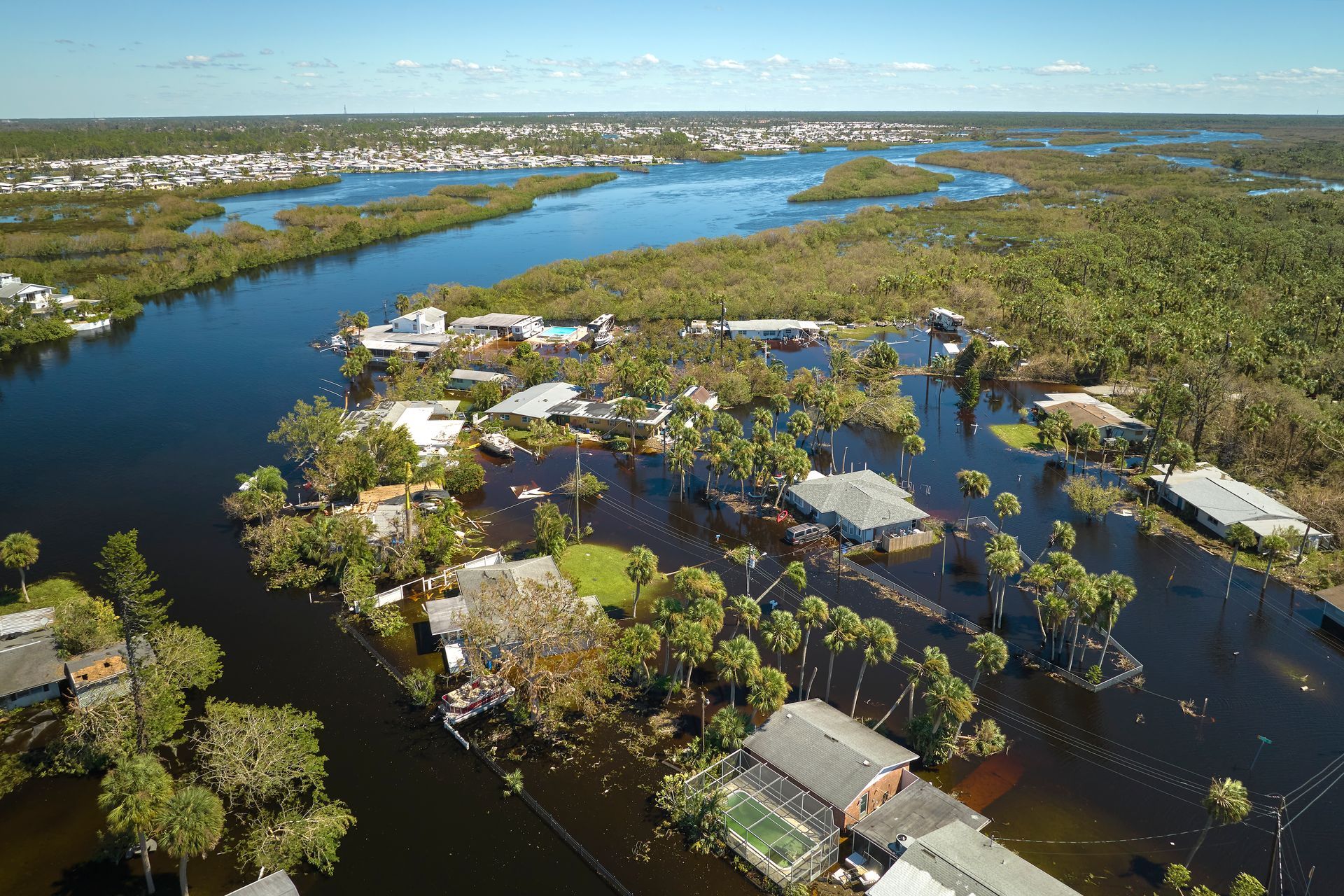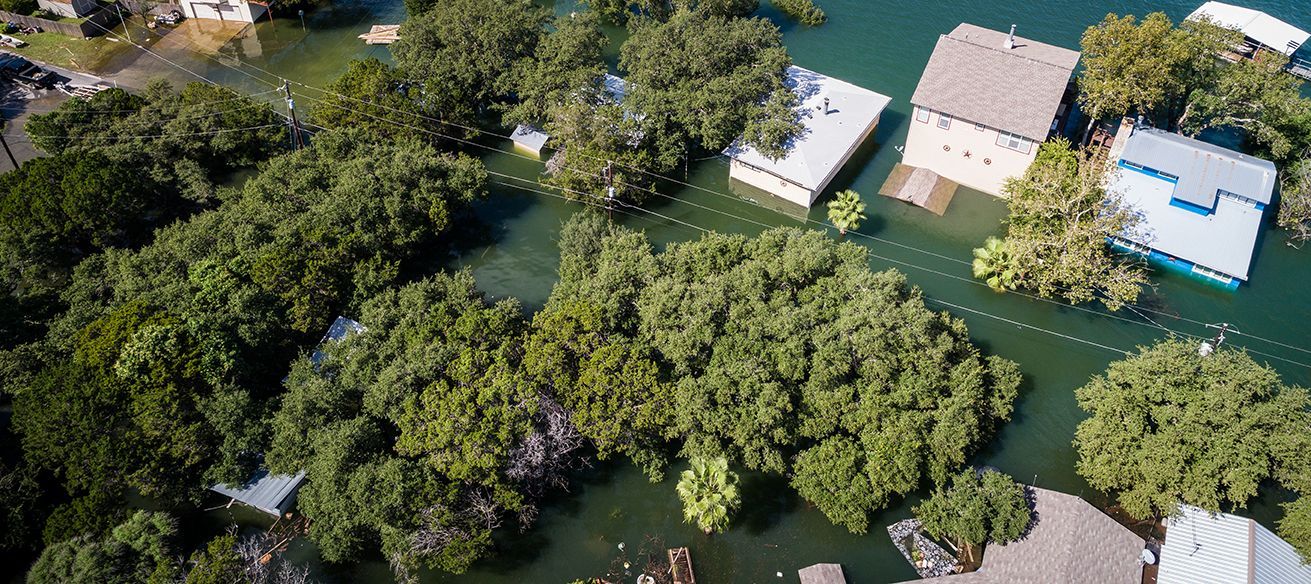IBTS Releases Report on Equitable Climate Resilience for Local Governments
Share this article:

Report provides findings from two-year study funded by the Kresge Foundation on how cities can better address social inequities in their climate resilience planning.
Ashburn, Va. – The Institute for Building Technology and Safety (IBTS), a nonprofit organization focused on strengthening communities, has released “Equitable Climate Resilience for Local Governments,” a white paper outlining the results of a two-year study on the intersection of social inequities and climate resilience in U.S. cities.
The study, funded by The Kresge Foundation and conducted in partnership with the National League of Cities (NLC) and the National Forum for Black Public Administrators (NFBPA), sought to better understand and assist U.S. local governments with unmet needs and barriers to addressing social equity in their climate resilience efforts. The study builds on existing research showing that vulnerable populations (those with less or no access to various rights, opportunities, and resources compared with other groups) are much more likely to have poor health and economic outcomes from climate-related disasters, with the understanding that local governments are uniquely positioned to help improve these outcomes during future events.
The first phase of the study included a nationwide survey of 200 city officials and staff that investigated their perceptions, actions, challenges, unmet needs, and successes with addressing equitable climate resilience (ECR) in their cities. In the second phase, the research team used results from the survey to develop a resource to assist local governments with understanding, assessing, and prioritizing ECR efforts. The third phase focused on piloting the resource in three U.S. cities to test and refine its approach. A 22-member advisory panel of social, climate, and local government subject matter experts provided feedback during each phase of the study.
The white paper, which is available to download at no cost here, features findings from the study as well as recommendations that local governments can use help improve ECR efforts in their communities. Highlights include:
- 81% of survey respondents agreed that addressing ECR should be a priority for their cities, yet only 48% stated that it currently is a priority. Likewise, only 25% reported having some success with addressing ECR, and none reported significant success.
- The most common barriers to addressing ECR include lack of funding; lack of technical resources, tools, and data; and lack of subject matter expertise and guidance.
- 75% of respondents agreed that an assessment and planning tool that focuses on equitable climate resilience would be useful for their cities.
- With these findings, the research team developed an assessment resource to help meet this need. The resource, named the Community Resilience Assessment Framework and Tools for Equitable Climate Resilience (CRAFT-ECR), identified data utilization, funding and finance, communications, stakeholder engagement, and organizational capacity as critical assessment categories to help local governments understand, develop, and prioritize actions for improving ECR.
- Recommendations for local governments detailed in the white paper include how to obtain and leverage data to determine ECR needs, create an organizational infrastructure to address ECR, address barriers to community participation, ensure stakeholder inclusion, combine existing equity and climate efforts, and more.
“The study demonstrates that cities recognize the severity of climate impacts on vulnerable populations and the importance of improving equitable outcomes, but struggle with how to break through barriers, prioritize existing resources, and make meaningful progress,” said Karen Johnson, IBTS’ Market Engagement Program Director, who led the Equitable Climate Resilience study’s research team. “What makes this study unique is that we were able to leverage what we learned about ECR in cities to develop an approach they can use to help address it,” she added.
“We are very excited to share the results of this important two-year study,” said Patrick Howell, IBTS’ Community Resilience Lead and the study’s project manager. “We believe local governments across the country will find the insights provided in the white paper useful and hope that it will help spark new conversations and activity around how to improve equitable climate resilience in their communities. We are grateful to the Kresge Foundation, NLC, NFBPA, our Advisory Panel, and all participating cities for making this study possible.”
To learn more, visit www.ibts.org/ecr.
***
IBTS is a national nonprofit organization and trusted advisor and partner to local, state, and federal governments. Our nonprofit mission to serve and strengthen communities is advanced through our services. These include building code services and regulatory expertise; compliance and monitoring; community planning; disaster planning, mitigation, and recovery expertise; energy solutions; municipal services; grants management; market research; program management and oversight; resilience services; solar quality management; and workforce development and training. IBTS’ work is guided by a Board of Directors with representatives from the Council of State Governments (CSG), the International City/County Management Association (ICMA), the National Association of Counties (NACo), the National Governor’s Association, and the National League of Cities (NLC).
Media Contact:
Karen M. Johnson
Market Engagement Program Director
O: 571.357.4820 | C: 530.318.5428
kjohnson@ibts.org





